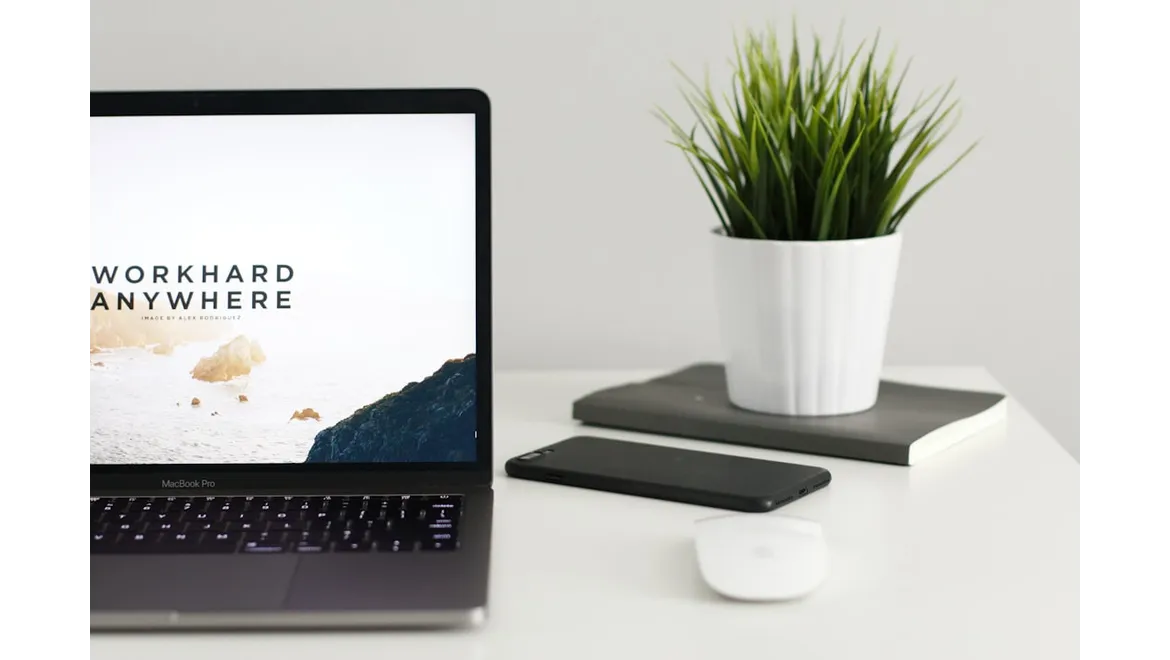Right, so I was chatting with my friend Daniel the other day, and we got onto the topic of wellness at work – specifically, how to counteract that mid-afternoon slump and generally boost morale. Daniel’s been doing some fascinating research into bringing the outdoors in, particularly focusing on indoor gardening. His passion, as it turns out, is cultivating indoor gardens, and he’s convinced it’s a game-changer for health and well-being, particularly when you’re stuck at a desk all day. Let me share what I learned.
From Desk to Delight: The Microgreen Magic
Daniel was particularly enthusiastic about microgreens. He explained how easy they are to grow, even in the smallest office spaces. Forget needing acres of land; we’re talking about tiny trays on a windowsill! Microgreens are essentially baby vegetable greens, harvested just after the first true leaves develop. They’re packed with nutrients and add a burst of flavour to salads, sandwiches, or even just as a crunchy snack.
- How to Get Started with Microgreens: Daniel walked me through the basics. All you need is a shallow tray, some potting mix or even just paper towels, seeds (radish, broccoli, and sunflower are easy to start with), and a spray bottle. Simply dampen the growing medium, sprinkle the seeds densely, cover them lightly, and keep them moist. In a week or two, you’ll have a miniature edible garden ready to harvest. It’s incredibly satisfying, and the fresh green shoots are an instant mood booster. And he stressed the benefits are amazing; increased productivity, reduced stress, and even improved employee morale.
Beyond Microgreens: Office Plant Power
We moved beyond microgreens to discuss other office plants. Daniel suggested focusing on easy-to-maintain varieties like snake plants (Sansevieria), spider plants (Chlorophytum comosum), and ZZ plants (Zamioculcas zamiifolia). These plants are incredibly resilient, tolerating low light conditions and infrequent watering – perfect for those of us who sometimes forget to water our plants!
- Tips for Easy Office Gardening:
- Choose the right plants: Prioritise low-maintenance varieties suited to indoor conditions.
- Don’t overwater: This is the most common mistake. Let the soil dry out slightly between waterings.
- Provide adequate light: While some plants tolerate low light, most will thrive with bright, indirect sunlight.
- Fertilise sparingly: A diluted liquid fertiliser once a month during the growing season (spring and summer) is sufficient.
- Repot when necessary: When the plant becomes root-bound, repot it into a slightly larger container.
Plants, Posture, and Productivity
What I found particularly interesting was Daniel’s perspective on how plants can encourage movement and stretching. He argued that placing plants strategically around the office – perhaps on a shelf slightly out of reach or near a window – can serve as a visual reminder to get up, stretch, and tend to them. This breaks up long periods of sitting and encourages a healthier, more active work style.
- Stretching Reminders: He suggested setting reminders on your phone to take short breaks every hour to stretch. Even simple stretches like shoulder rolls, neck rotations, and arm extensions can make a big difference. You can incorporate plant care into these breaks – watering a plant, pruning a few leaves, or simply admiring its growth.
Extending the Green Theme: Home Sanctuaries
Our conversation naturally progressed to how these principles apply at home. Daniel spoke passionately about the benefits of creating dedicated spaces for relaxation and exercise, especially in challenging times. He talked about articles he’d been reading around wellness and making the best use of your home space for exercise and relaxation and how pastimes such as yoga can be carried out at home for all ages and how the home space can benefit this type of activity. It appears the same principles apply at home: indoor gardens of herbs, vegetables, and flowers can be cultivated for health and well-being.
- Orangeries as Wellness Spaces: He particularly mentioned orangeries as ideal spaces for cultivating indoor gardens and creating a serene environment for yoga or meditation. The abundance of natural light and connection to the outdoors makes them perfect for both plant growth and personal well-being.
Daniel’s insights really opened my eyes to the possibilities of incorporating nature into our daily lives, even in the most urban settings. Whether it’s growing microgreens on your desk, tending to a collection of low-maintenance houseplants, or transforming your home into a green sanctuary, cultivating indoor gardens offers a wealth of benefits for both physical and mental well-being. The easy to implement nature of these activities are a major boon, from simple gardening techniques to easy reminders to stretch. The idea of using plants as a reminder to stretch and move really stuck with me. These small interventions can drastically improve your general health and happiness.


